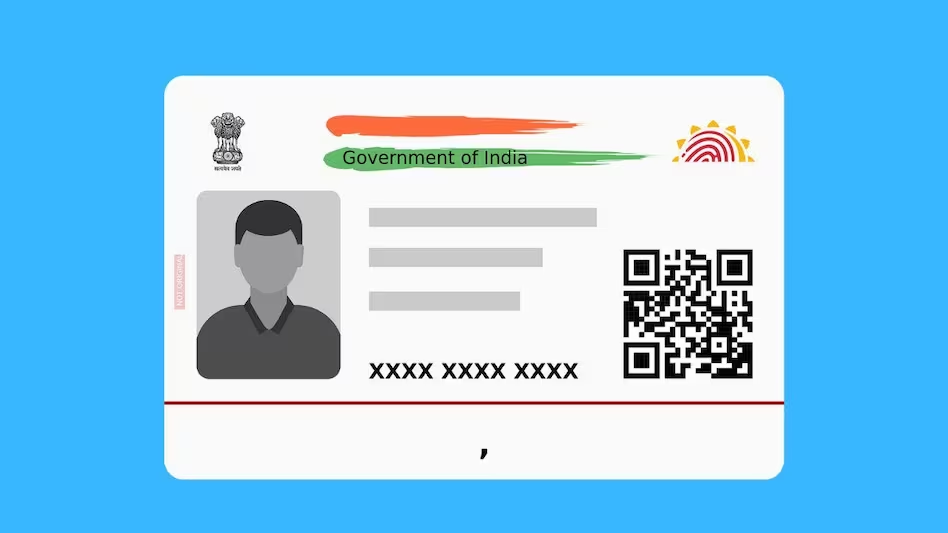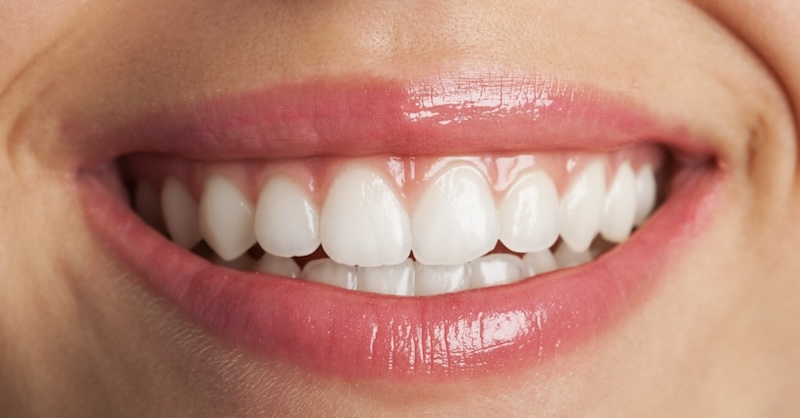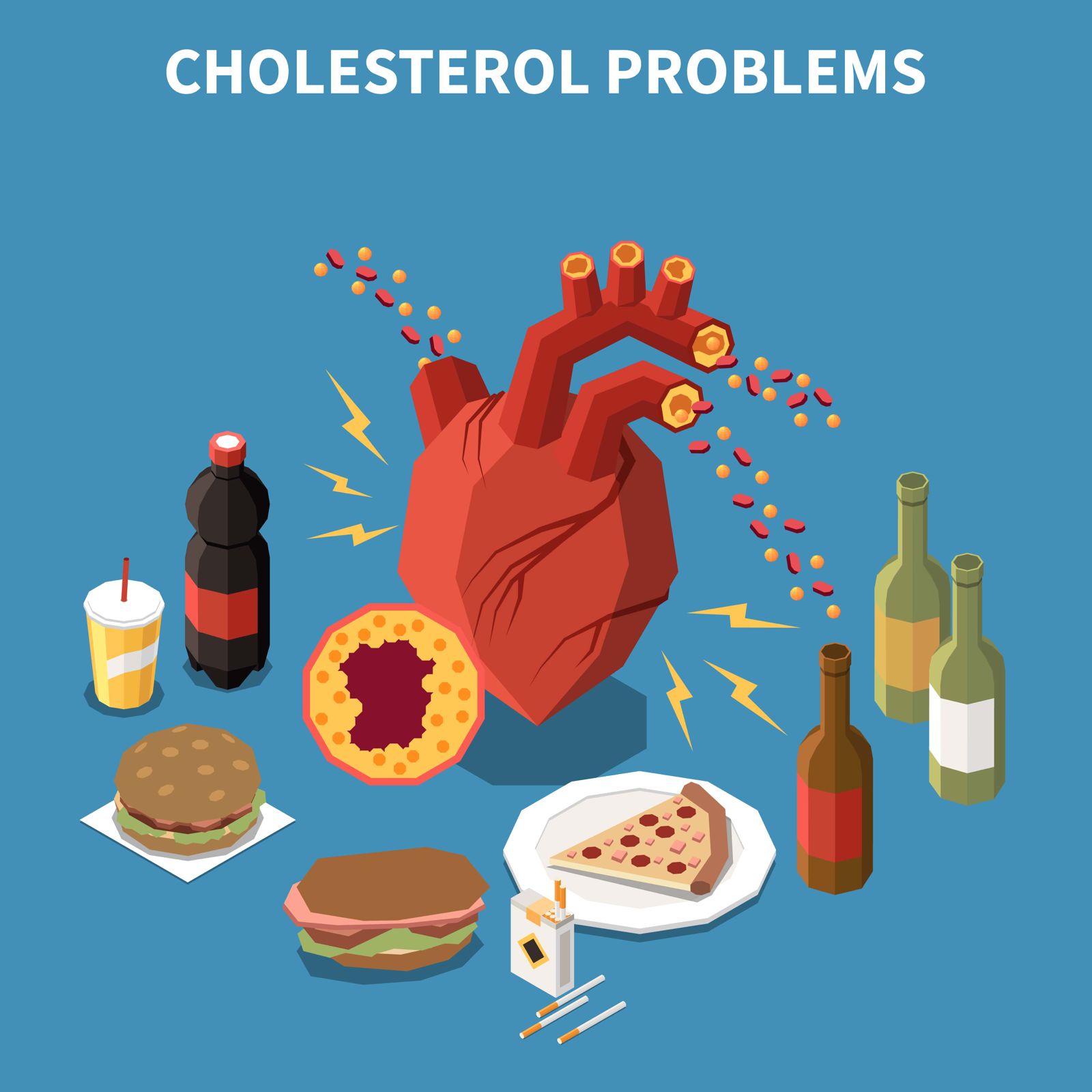

10 “Healthy” Foods That Aren’t Actually Healthy
Trying to eat clean but still not seeing results? You’re not alone. In today’s market, many foods wear a “healthy” label that hides what’s really inside—added sugars, refined carbs, preservatives, and artificial flavors. Let’s uncover 10 common foods that might be sabotaging your health goals.
1. Health, Digestive, and Whole Wheat Biscuits
These snacks may boast about being rich in fiber or whole grains, but most contain over 60% refined flour (maida), minimal actual whole wheat, and hidden sugars or trans fats.
Better Option: Homemade oatmeal cookies or multigrain snacks with no added sugar.
2. Granola, Muesli & Protein Cereals
Don’t be fooled by the packaging. Many breakfast cereals marketed as “high-protein” or “fiber-rich” are loaded with added sugars and preservatives—especially those targeted at children or gym-goers.
Better Option: Stick to plain oats or make your own granola with nuts and seeds.
3. Fat-Free or Low-Fat Mayonnaise
Low-fat doesn’t mean low-risk. These versions often contain added sugar, starches, and artificial additives to compensate for the lost flavor—leading to more cravings and less satisfaction.
Better Option: Try yogurt-based spreads or hummus instead.
4. Packaged Fruit Juices
Even “100% juice” labels can be misleading. Most packaged juices are high in concentrated fruit sugars and lack fiber, causing rapid blood sugar spikes and contributing to long-term health issues.
Better Option: Enjoy whole fruits or freshly made juice—no sugar added.
5. Brown Bread
That brown hue may be nothing more than caramel coloring. Many commercial “brown breads” have less than 20% whole wheat and are mostly refined flour in disguise.
Better Option: Look for “100% whole wheat” on the label and check the ingredients list.
6. Flavored Yogurt
Sure, it tastes great—but flavored yogurt often contains artificial flavoring, sweeteners, and preservatives that cancel out the benefits of regular yogurt.
Better Option: Go for plain Greek yogurt and mix in fresh fruit or a drizzle of honey.
7. Energy or Protein Bars
These bars might look like fitness fuel, but many are essentially candy bars in disguise. They often contain sugar syrups, preservatives, and over 20 grams of sugar per bar.
Better Option: Make DIY bars with dates, nuts, and seeds for a natural energy boost.
8. Detox Waters & Bottled Smoothies
Despite trendy marketing, many bottled detox drinks are sugar-loaded with little real fruit content. Some smoothies can be as calorie-heavy as a dessert.
Better Option: Blend your own with fresh ingredients, no sweeteners needed.
9. Store-Bought Salads with Creamy Dressings
While the greens are good, the dressings often aren’t—packed with unhealthy fats, sugar, and salt. Your “light” lunch could clock in at 700+ calories.
Better Option: Use lemon juice, olive oil, or vinegar for a clean, light dressing.
10. Multigrain Chips and Snacks
Don’t assume “multigrain” equals nutritious. Most of these snacks still use refined flour and are deep-fried or flavored with artificial additives.
Better Option: Try roasted chickpeas, puffed grains, or air-popped snacks.
Final Thought:
Marketing buzzwords can be misleading. Always read ingredient labels and opt for homemade, whole-food alternatives where possible. Eating healthy doesn’t mean falling for the hype—it means knowing what’s really in your food.










